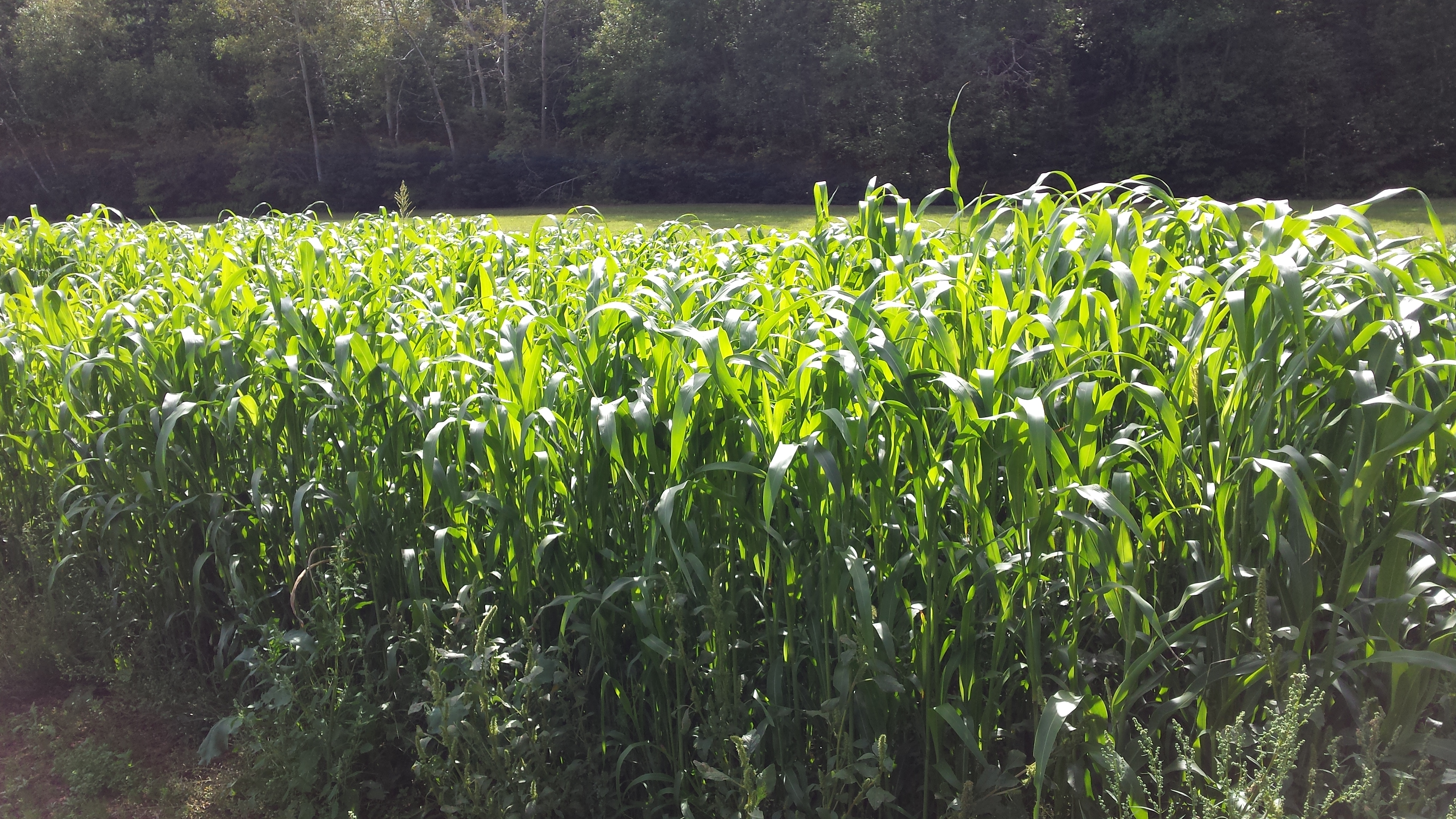
21 Jun Agronomy Updates – June 21st
Hello everyone. We’ve had a great run of weather the last week or so, but the next week looks wet. Some rain totals from last night (as of 9 am)
Mount Royal: 3 mm
Tyne Valley: 8 mm
Kensington: 4.4 mm
Tryon: 8 mm
Johnston’s River: 9.3 mm
Souris: 2.3 mm
Looks like we’re due for a bit more today…hopefully not too much!
A few thoughts and reminders as we officially move into summer:
- Erosion Control/Spraying
With any forecast of substantial rain, there is always an increased risk of soil erosion. Most growers have made significant investments in soil conservation structures and grassed waterways to keep soil in the fields and out of waterways; however, with most potato fields not emerged yet, fields are particularly vulnerable to erosion. Some things to keep in mind:
Early in the season (before row closure in potatoes), it would be prudent to adopt band-spraying for fungicide applications. This reduces the amount of fungicide that is sprayed on the soil (and is a risk to moving with soil in heavy rainfall) while also reducing the amount of fungicide you need to apply.
B. Consult the PEI Dept of Agriculture & Land’s acute toxicity chart for pesticides, available here (PDF). This should be kept in mind when spraying in areas close to watercourses or any potentially sensitive fields.
C. Our first Sprayer Calibration Clinic was Wednesday in West Prince. We have two more scheduled for next Tuesday and Wednesday. More details available here.
D. Use of dammer-dikers during hilling have been shown to increase water infiltration and reduce the flow of water out of a field by the creation of pockets in the furrows. Something to consider, particularly for land with some degree of slope.
E. For those that have soil conservation structures and grassed waterways in your fields that perhaps have been in place for a number of years…keep an eye on them to ensure they are still effective. Particularly with grassed waterways, they can build up over time as they do what they are designed to do, settling out soil from water before it leaves your field. Make sure that your grassed waterways are not higher than the rest of the field and that grass establishment is in good condition. As always, consult with the folks from the Sustainable Agriculture Section of the PEI Dept of Ag for everything related to soil conservation…they are a great team of highly-capable folks with expertise in land management.
- Weather Data
Since the demise of Ag Weather Atlantic, there has been a gap in access to weather data, particularly rainfall amounts. In an effort to fill that gap, Evan MacDonald with the PEI Dept of Ag has set up a new mesonet platform at https://peiag.weathercloud.online. Here you will find weather data from the Province’s network of weather stations (used for crop insurance) as well as the Environment Canada stations.
On this site, you will see the map of all of the stations, and on each station you can access daily, weekly, monthly, and yearly data for:
– Temperature
– Dew Point
– Humidity
– Wind Speed
– Wind Direction
– Rainfall
– EvapotranspirationData from each station can be exported into a simple Excel spreadsheet, and the site is very easy to use. Evan is working with the developers to continue making improvements to the reporting, and if you have suggestions for things you’d like to see included on the site, feel free to contact Evan with your comments.
- Planting Soil Building Rotation Crops
In my last email, I cautioned about early planting of warm-season grasses like sorghum sudangrass and forage pearl millet. After the weather of the past week, we should have sufficiently high soil temperatures to start seeding those crops. Resources I’ve consulted indicate that soil temperature should be a minimum of 12 degrees C for planting sudangrass….hopefully most fields are warmer than that now, but it’s worth checking some of your fields before planting. The warmer, the better for establishment of these crops/mixtures.If you’re new to growing sorghum sudangrass or pearl millet, there is a good online factsheet available from SARE in the USA which gives a great overview of the uses and management of sorghum sudangrass. Forage pearl millet is managed similarly. If you are thinking about taking a cut of these grasses off for livestock feed, consult with your seed supplier to make sure that the variety you are using will make good silage (high digestibility, low prussic acid).
SARE also has a good online factsheet on brassicas/mustards, for those using those crops to reduce wireworm or soil-borne diseases. If you are looking for additional resources on mustards, buckwheat, or different forage species, feel free to contact me for links. Also, you can consult the Cover Crop Decision Tool (http://decision-tool.incovercrops.ca/) which has a factsheet on a bunch of crops as well as establishment windows for PEI specifically.
- Cull Pile Notice
A reminder that the deadline for removing or covering cull piles of potatoes was June 15th. Be sure that your farm is in compliance, as this is a major effort in reducing the risk of PVY and late blight transmission during the growing season. - Soil Your Undies Challenge
I still have some cotton briefs to give away as part of the Soil Your Undies Challenge for assessing soil health/soil microbial activity. Feel free to call me if you’d like me to drop off a couple!
Have a great weekend, everyone.
Ryan
